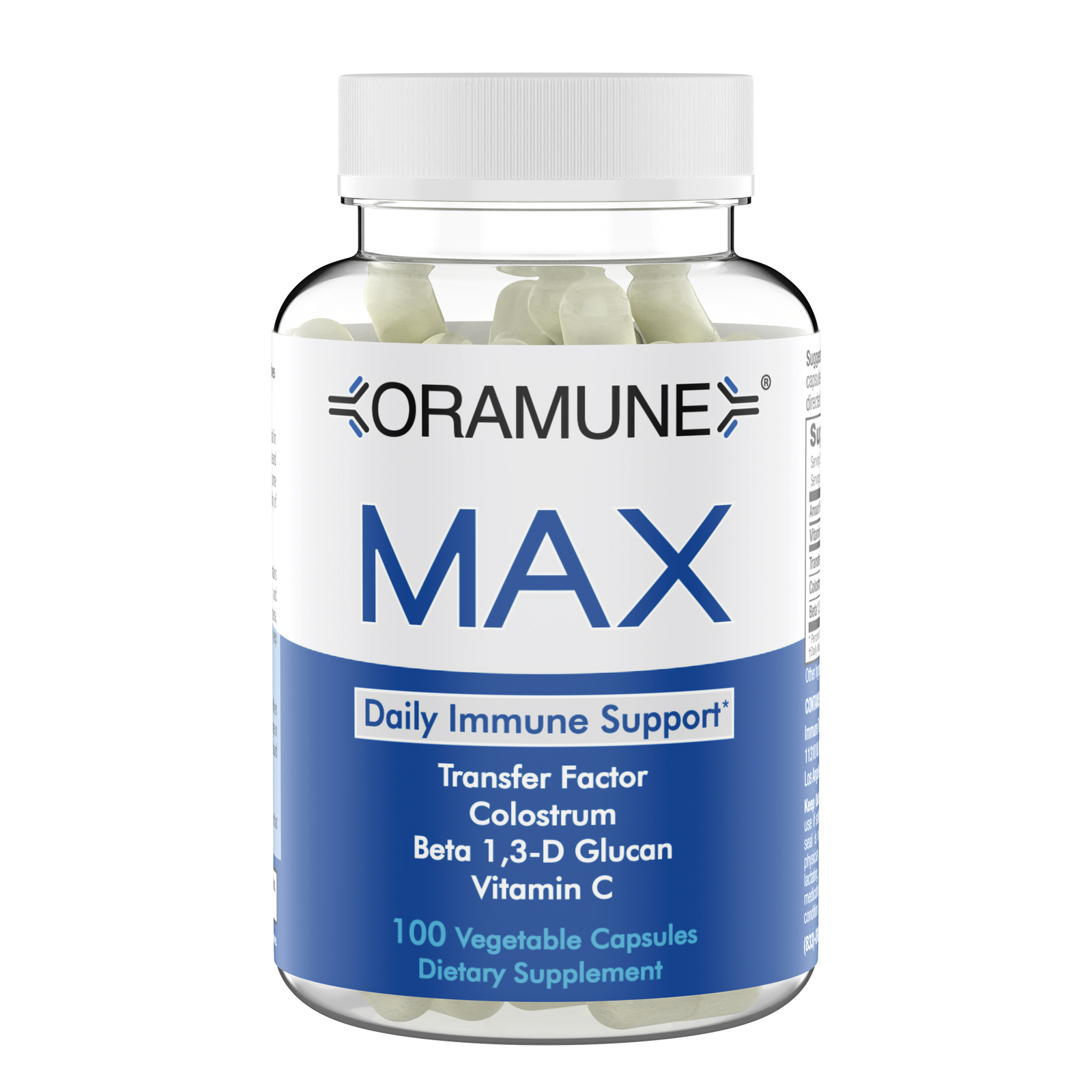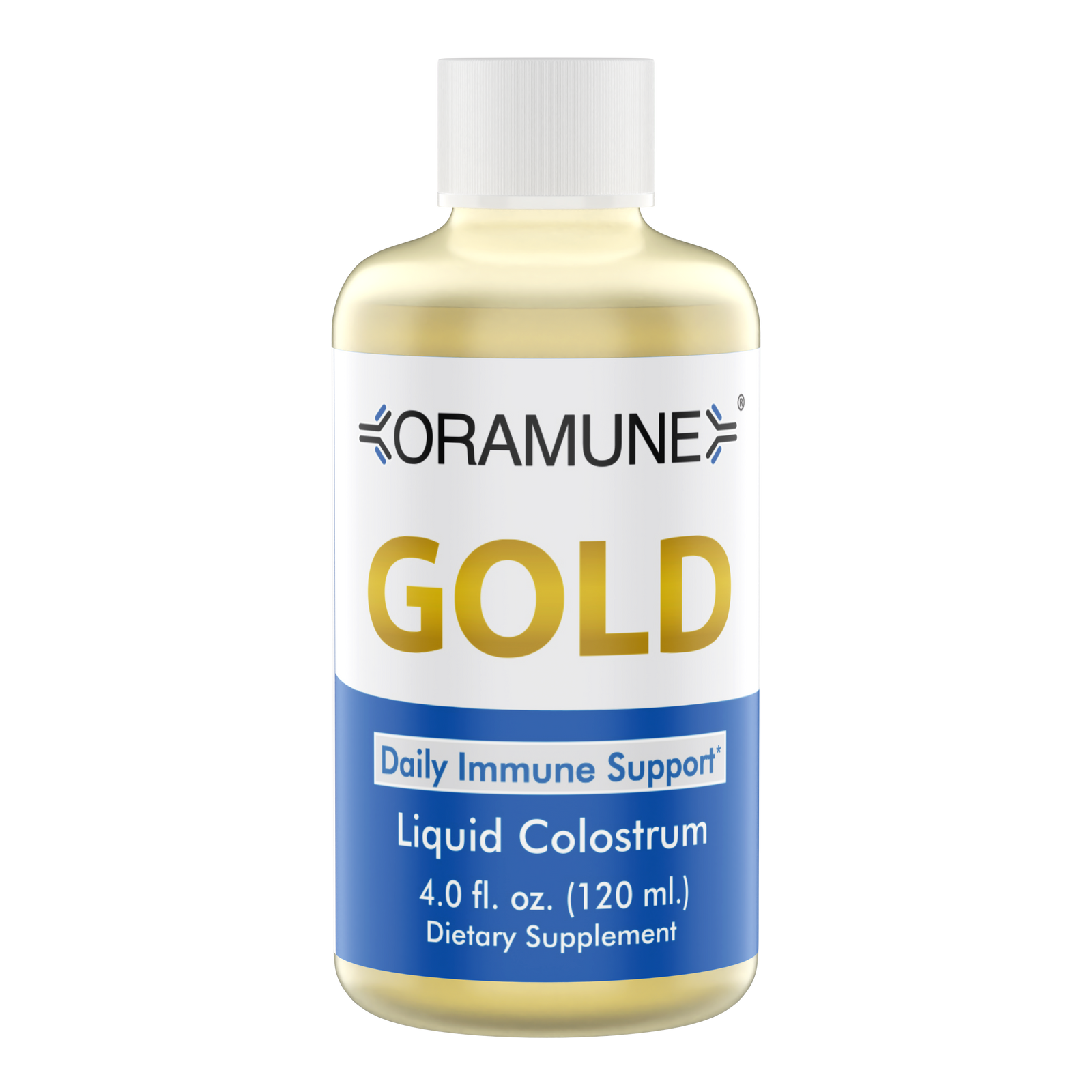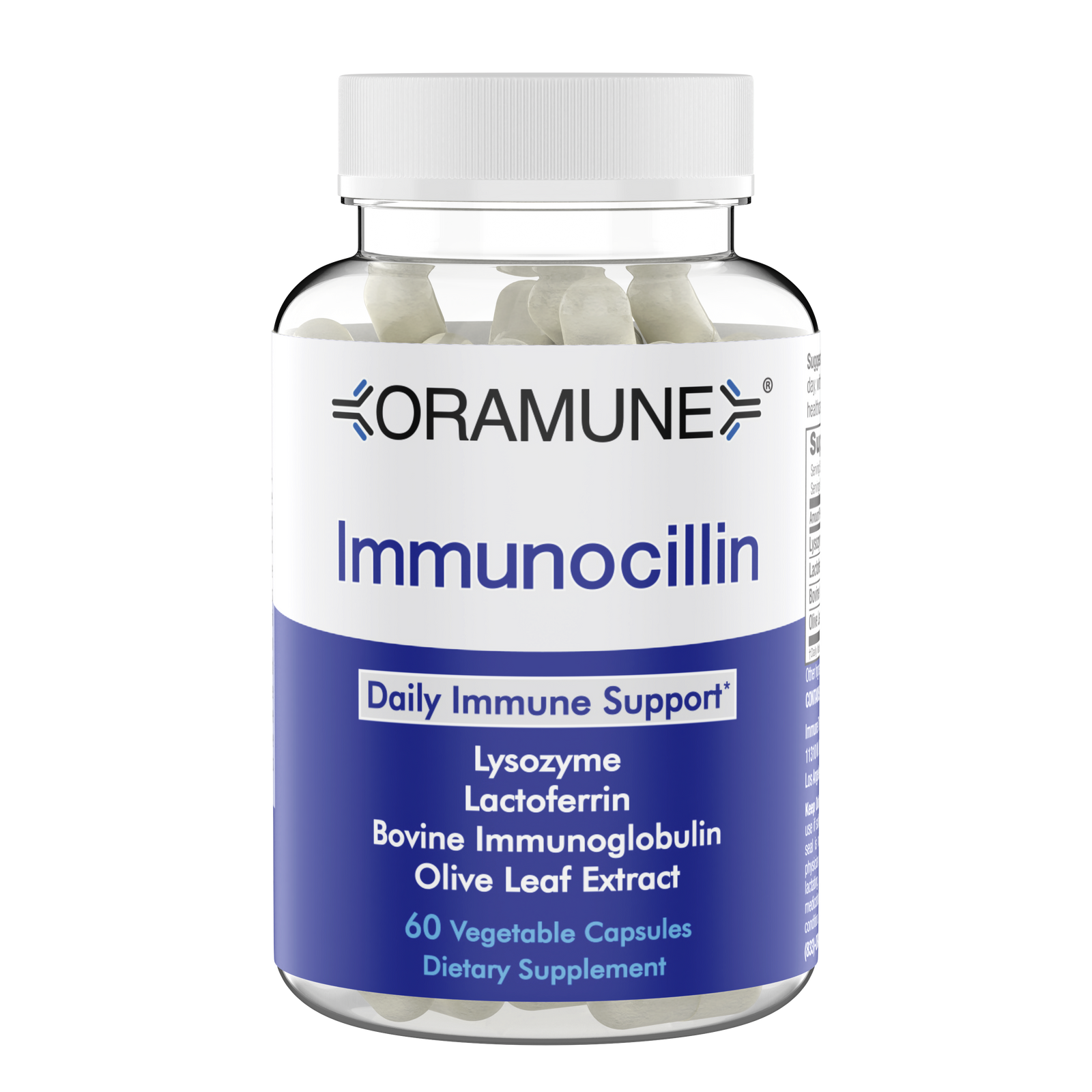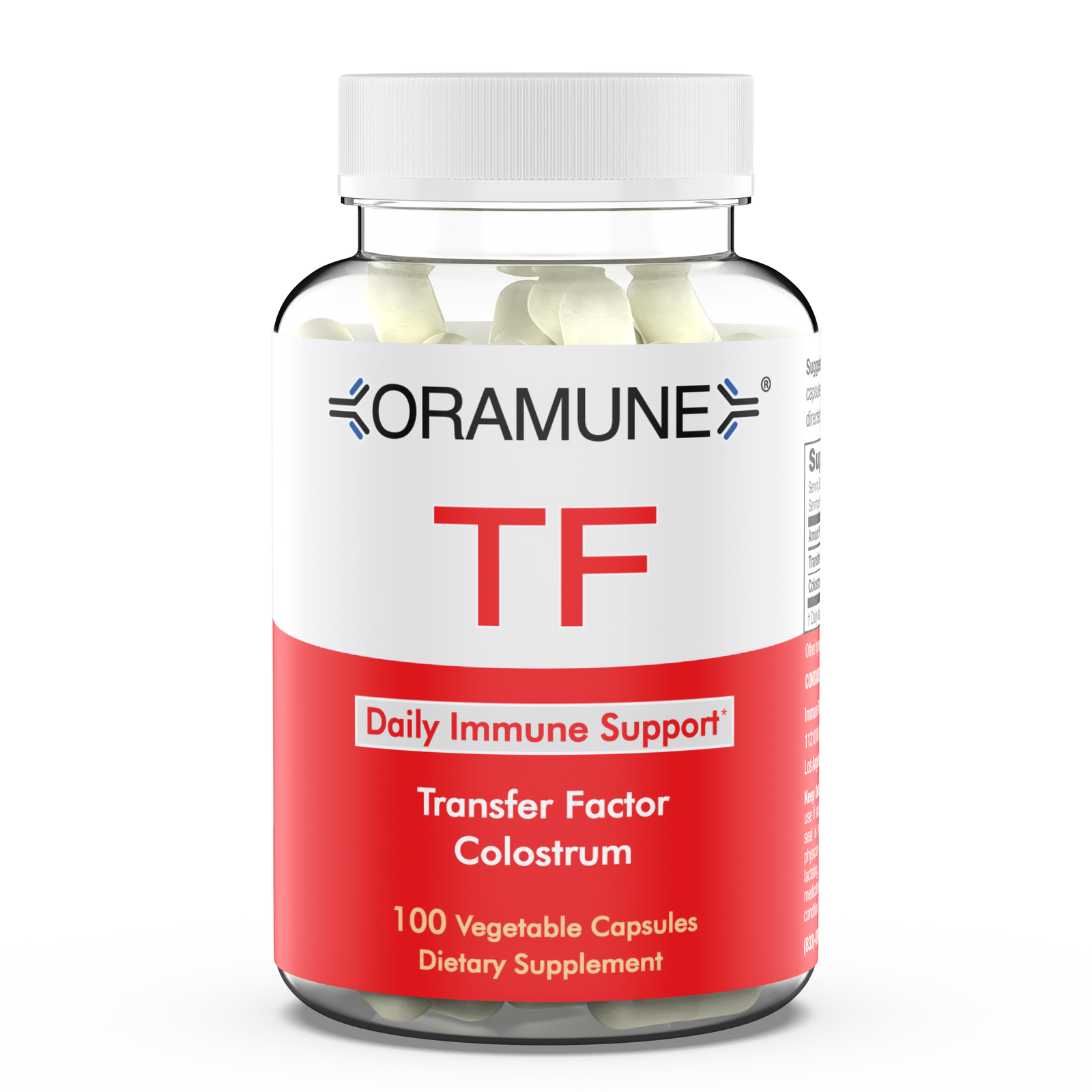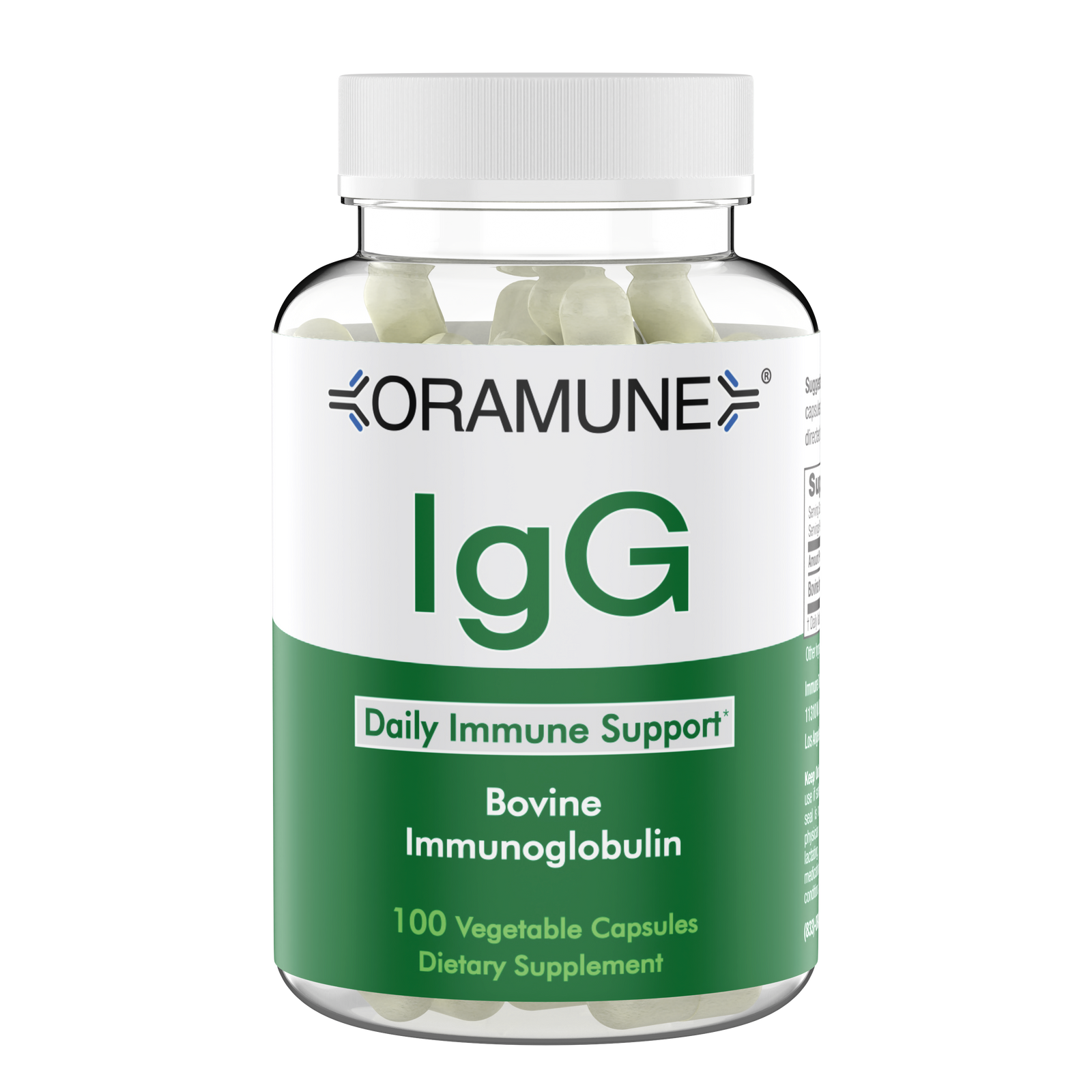You can recognize most enzymes because their name ends in “ase”. Lysozyme is named a bit differently—maybe because it was one of the first enzymes described—it was the first enzyme structure to be determined using X-ray crystallography and the 2nd enzyme structure ever described.
You may have heard about digestive enzymes—these are enzymes that break down (digest) various types of foods. Proteases break down proteins, amylases break down carbohydrates and lipases break down fats—all to provide your body with nutrients it needs.
Lysozyme is another sort of digestive enzyme found in your body—but lysozyme digests cells walls, and in the process, kills off bacteria, viruses and fungi.
Lysozyme
So, what exactly, does lysozyme do and how does it do it?
Lysozyme is an important part of the innate immune system because it breaks up (digests) components of the cells walls of bacteria. In other words, lysozyme acts as an anti-bacterial enzyme. It uses at least two different mechanisms to kill bacteria—it digests the bacterial or fungal cell wall and it punches holes into that cell wall, causing the contents to leak out of the bacteria. Lysozyme also appears to break up virus particles in a similar way.
Lysozyme is naturally found in body secretions like tears, saliva, breast milk and mucus. It is also stored in tiny sacs within cells that form part of the innate immune system. It is in macrophages—the large cells that literally eat up bacteria and in polymorphonuclear neutrophils (PMNs), a type of white blood cell. The PMNs eat up bacteria too—plus they can signal other immune cells to the site of the infection and are part of the normal inflammatory process needed to destroy the bacteria.
Lysozyme does even more than show anti-bacterial activity—it is also an effective anti-viral and anti-fungal substance.
Benefits of Lysozyme
Lysozyme deficiency has been associated with an increased susceptibility to infections such as ear infections. Lower than normal levels are found in liver diseases such as cirrhosis and hepatitis. Higher than normal levels of lysozyme are considered to be inflammatory markers as well as markers of bacterial infection.
Lysozyme has long been used as a natural preservative and anti-bacterial agent in foods. It is also added to baby formula to help babies digest the formula. It is also added in skin care to treat acne and other infectious or inflammatory skin conditions. As an anti-bacterial enzyme, lysozyme also promote wound repair.
Recently, lysozyme has been used to prevent worsening of chronic obstructive pulmonary disease (COPD).
Lysozyme also appears to modulate the immune response—it first acts by increasing the inflammatory response to a bacterial infection—but it also limits, for example, the inflammation associated with Crohn’s disease.
Where Can I Get Lysozyme?
Lysozyme can be an effective way to reduce your risk of bacterial, viral and fungal infections, especially when combined with other “immune booster” ingredients. If you are at a higher risk for any infection—or just concerned that you may need to support your immune system, consider Immunocillin which contains, in addition to lysozyme, other immune support substances like lactoferrin, bovine immunoglobulins (antibodies) and olive leaf extract.

